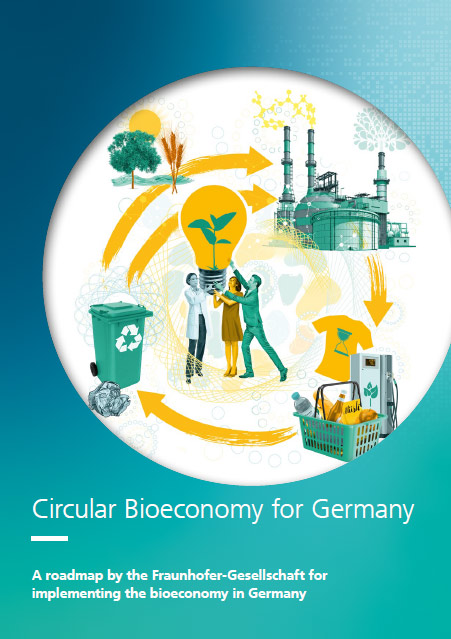Fraunhofer researchers present a bioeconomy roadmap for resources conservation, climate protection, and food security

Climate change, over-consumption of resources, international dependency on the supply of raw materials and an increasing global population are major challenges for politics, industry and society. To address these ongoing crises, raw materials must undergo a similar transition to those in energy and agriculture. In addition, resilient systems must be established to ensure the security of supply in Germany. A key factor in this process is the circular bioeconomy, which is based on the circular economy and the use of renewable raw materials instead of non-renewables. Researchers at the Fraunhofer-Gesellschaft are highlighting the scientific and technological potential of the bioeconomy in their roadmap “Circular bioeconomy for Germany”. The roadmap includes recommended actions to be taken at a political level to help accelerate the market ramp-up of bio-based products and technologies, and to address social and ecological challenges.